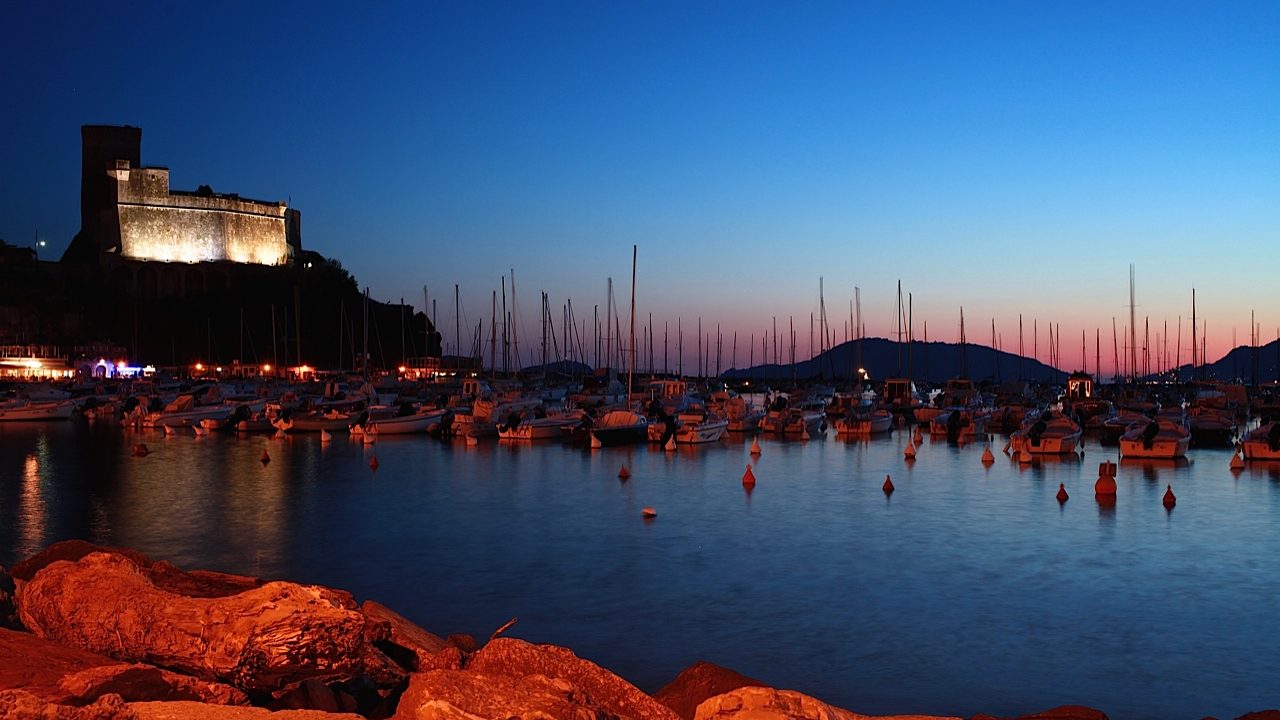Disgusted by the state of Britain, the youngsters headed for the sun, for first-hand experience of a sophisticated culture, and for a more liberated lifestyle. The travellers might have been 21st-century gap-year students, but the date was 1818, and those seeking a new life were Percy Bysshe Shelley, his wife, Mary (née Godwin), and her stepsister, Claire.
Exasperated by their native country’s small-mindedness and insularity, they drew on the evidence of their various previous sorties on to the continent, and chose Italy as their new home; in the case of Shelley, never to return.
Like any tourist (a species of which Shelley was disdainful, not counting himself one), the poet and the women at his side had already ticked off the sights. Milan Cathedral they considered a marvel; Florence was “the most beautiful city I ever saw”, Spoleto “the most romantic city I ever saw”. They had mixed experiences in the lakes and countryside, taking accommodation that was often poor, and encountering weather so violent that storms crashed into their own writing, notably in the form of the monster’s life spark in Mary’s Frankenstein.
But it was on the Ligurian coastline at Lerici that they made their last home together, near to the arty English set in Livorno (which they doggedly referred to as Leghorn), and from which Shelley sailed to his death.
As with so many artists, the manner in which he led his life – his romances and the paternity of the children in this travelling circus continue to intrigue observers – largely upstages the copious output. Lerici is proud of its association with the poet. But in the waterside hamlet of San Terenzo, where the menage holed up, you are more likely to find volumes by Wilbur Smith and Tom Clancy in the charity shop run by the church of Santa Maria dell’Assunta, whose insistent bells must have irritated the firm atheist.
Today San Terenzo is a cosy, low-key resort, an easy step from the bigger town of Lerici on a sweeping promenade. But in the Shelleys’ day it was a forlorn backwater, and the house, Villa Magni, uninhabitable on the ground floor, lapped by waves. A spacious salon and balcony overlooked the sea and the enviable comforts of Lerici to its south around the bay. But with only four rooms on the first floor, and the addition to the household of a new couple, Edward and Jane Williams, space was tight.
Servants, it was lamented, had to sleep out, and the local people were disappointing. Today Villa Magni is linked by its gardens and by association – Shelley was invited there – to the grander Villa Marigola, the principal venue for a festival that celebrates both music and literature. The romantic music of contemporaries Schumann, Schubert and Liszt threads through the Lerici music festival, spearheaded by the Italian conductor Gianluca Marcianò. With the theme Percy Shelley 200: a celebration of British culture, participating artists include bass-baritone Sir Bryn Terfel, trumpeter Alison Balsom, cabaret artist Melinda Hughes and cellist Martina Biondi in a tribute to Jacqueline du Pré. The programme includes two world premieres of works inspired by Shelley: a piano concerto by Texan composer David Winkler and a piece by Italian composer Cristian Carrara.

For some years, Villa Magni housed a museum dedicated to Shelley, with some personal effects, thanks to Margaret Brown, an admirer from Bournemouth. This was the final resting place of Shelley’s heart, extracted, it was said, by Byron, who oversaw the cremation of his fellow poet after his death at sea. A fascination with water had underpinned torturous earlier journeys that illogically followed the winding routes of rivers, and boating trips, notably with Byron, who was as strong a swimmer as Shelley was not. It was in 1822 that the water-fixated Shelley commissioned, with others, a new sailing boat in which he could beetle up and down the coast to visit friends. It arrived from Genoa in May 1822, to the dismay of Mary, who was wretched at Villa Magni and pregnant. In June she miscarried, but on 1 July Shelley set sail for Livorno on the Don Juan, which he renamed Ariel.
He returned safely, but within the week was bound for Livorno again, despite unsettled weather. In the early evening there was a storm, and the boat went down under full sail, the bodies of the three men on board washing up at the Tuscan resort of Viareggio 10 days later. As a precaution against plague, they were cremated at once. Shelley’s ashes were ported to the English cemetery in Rome, where he had already buried a son.
So far, so gothic, and apart from To a Skylark and lines from Prometheus Unbound, little is known of Shelley’s poetry today. Despite a brief life – he died a few weeks short of his 30th birthday – alongside the paeons to the sublime natural world were passionate papers on politics, which made him persona non grata. When he left England for good in 1818, he left behind a spat between the intellectual periodicals Examiner and The Quarterly Review about a work that has, perhaps understandably, passed most people by: Laon and Cyntha; or The Revolution of the Golden City: A Vision of the 19th Century. Later retitled The Revolt of Islam, it was an appeal in verse for electoral reform. That the revolutionaries Laon and Cyntha were, in its first form, incestuous siblings may not have helped its case.
In A Proposal for Putting Reform to the Vote he pressed for a republic, and electoral reform that fell short of universal suffrage. From his Italian refuge, in 1819 he watched and reacted to reports of the Peterloo Massacre, and his An Address to the People on the Death of Princess Charlotte, despite its title, responds to the execution of three radicals the day after childbirth claimed the life of the daughter of the Prince Regent. It was fully 100 years before his A Philosophical View of Reform was published, with its condemnation of the unequal distribution of wealth and an incompetent government. “The power that has increased…” he wrote, “is the power of the rich.”











